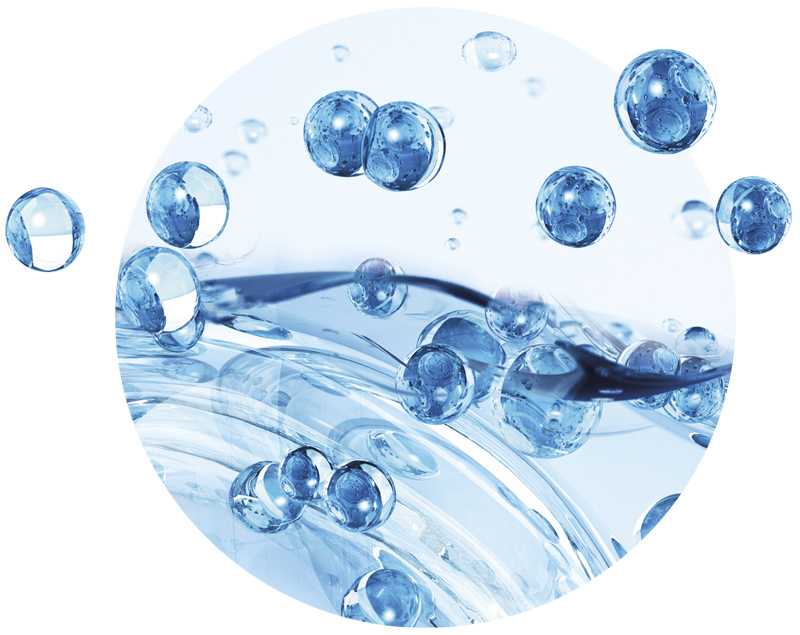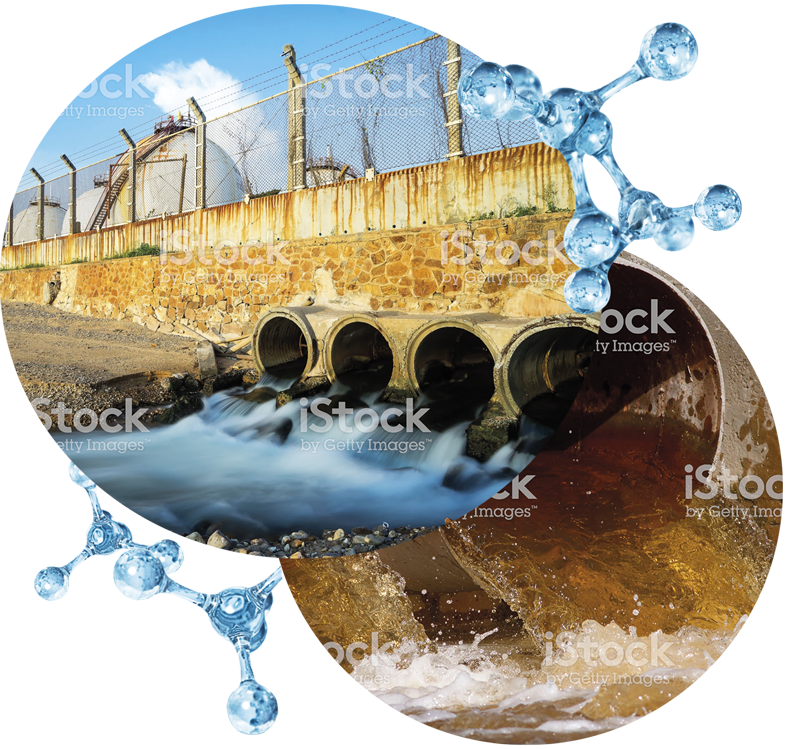
In addition to water purification in countries where the temperate climate promotes the proliferation of bacteria, in other countries, too, there are various issues that can be resolved using ozone, which is the most powerful oxidant able to destroy algae and bacteria, deactivate viruses, and oxidize many microbiological, organic and inorganic contaminants (e.g. metals, carbon, sulfur, nitrogen, etc.) that are otherwise highly resistant to decomposition.
The tap water we drink, cook with, make ice with, brush our teeth with, bathe and shower in, and swim in is not always particularly healthful or chemically pure. Water can, in certain cases, be a carrier of viruses and bacteria, including Legionella, Streptococcus, E. coli, etc. In Italy alone, about a thousand people every year are afflicted with Legionella, a class of bacteria that proliferates in water—especially warm water—and contaminates saunas, tubs, and hotel and fitness-center plumbing if proper hygiene is not practiced.
Ozone is a solution to this problem and can, thanks to its great antiviral, antibacterial and antimycotic properties, be used to treat and enrich city water for use in homes, in industry, and in public places such as hospitals. The germicidal properties of ozone come from its capabilities as a direct oxidant, deactivating mold, bacteria, yeasts, and more. There is no microbe, even those that produce spores or cysts, that can stand up to ozone, with its thorough, fast-acting germicidal action that leaves no appreciable residue.
INDUSTRIAL WASTE PURIFICATION

The treatment of waste water in the manufacturing industry, both from production processes (i.e. cooling, cleaning, recovery) and at the end of the production process, also plays a critical role in protecting the environment in which we live. Disposing of this waste water in wells that are over 300 meters (985 ft) deep and insulated from the water table is an acceptable environmental practice, but nowadays, with the rising number of businesses producing toxic waste that could contribute to the degradation of underground water and the saturation of these waste-water wells, it is essential to protect ourselves from toxic residue containing elements such as iron, manganese, sulfide, cyanide, nitrites, and PFAS.

In Europe, the use of ozone to treat industrial waste water began to develop around the start of the 2000s, and now there are more than 1,500 ozonation plants that treat waste water with the beneficial properties of ozone, such as its lack of by-products, no change in the pH of the waste water, the ability to reuse the water in that all pollutants are removed, and an improvement in the organoleptic qualities of the water given that ozonation adds oxygen.

